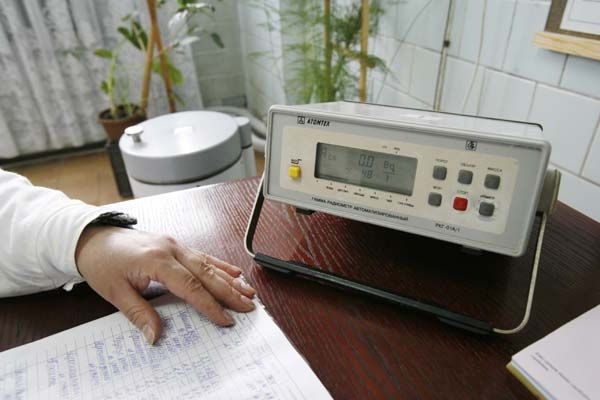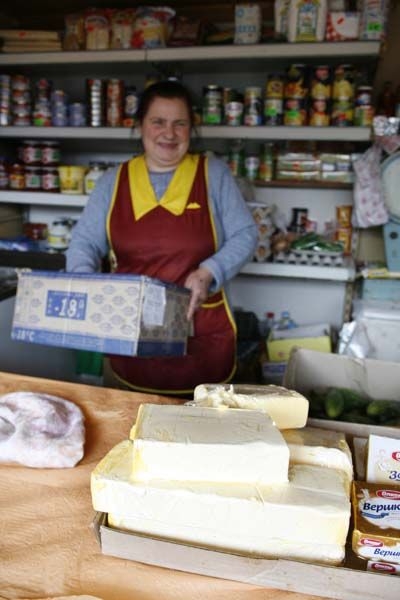Text by Marilyn Smith / Photos by Nigel Dickinson
Twenty years after Chernobyl, health officials continue to identify 'new' cases of human exposure to ionizing radiation, i.e., individuals who are coming into direct or indirect contact with radionuclides that were released in 1986. According to government documents, as many as 80% of these cases in the regions of Belarus that are affected by the Chernobyl accident are directly linked to food consumption.
That is not to suggest that the large quantities of food are unsafe; quite to the contrary. Rather, it points to poor understanding of how radionuclides travel through the food chain and producer-to-consumer supply routes that bypass safety systems. To appreciate the challenge the government faces in reducing internal exposure through food consumption, consider the simple act of buying a pound of butter.
Just three days after the disaster, Ms. Galina Bondar, director of the Khoiniki butter and dairy plant, located only 30 km from the Chernobyl exclusion zone, received equipment designed to analyse radiation levels in raw milk. Twenty years on, every truckload of milk that arrives at the main gate undergoes even more stringent testing in biochemistry and radiological laboratories that were recently upgraded through support from the TC programme of the IAEA. Thanks to this equipment and the training provided by TC, the laboratory can detect and accurately measure levels of both caesium-137 and strontium-90. The test results determine whether the raw product will end up as milk, yogurt, butter, cheese or casein.










